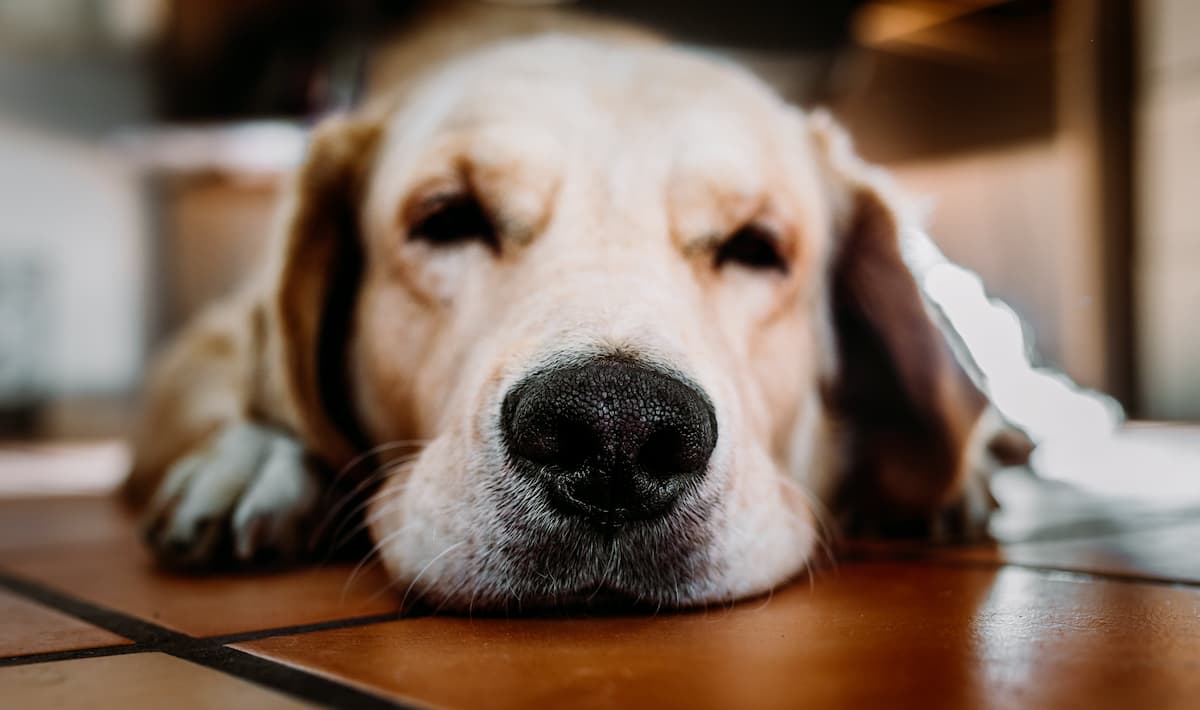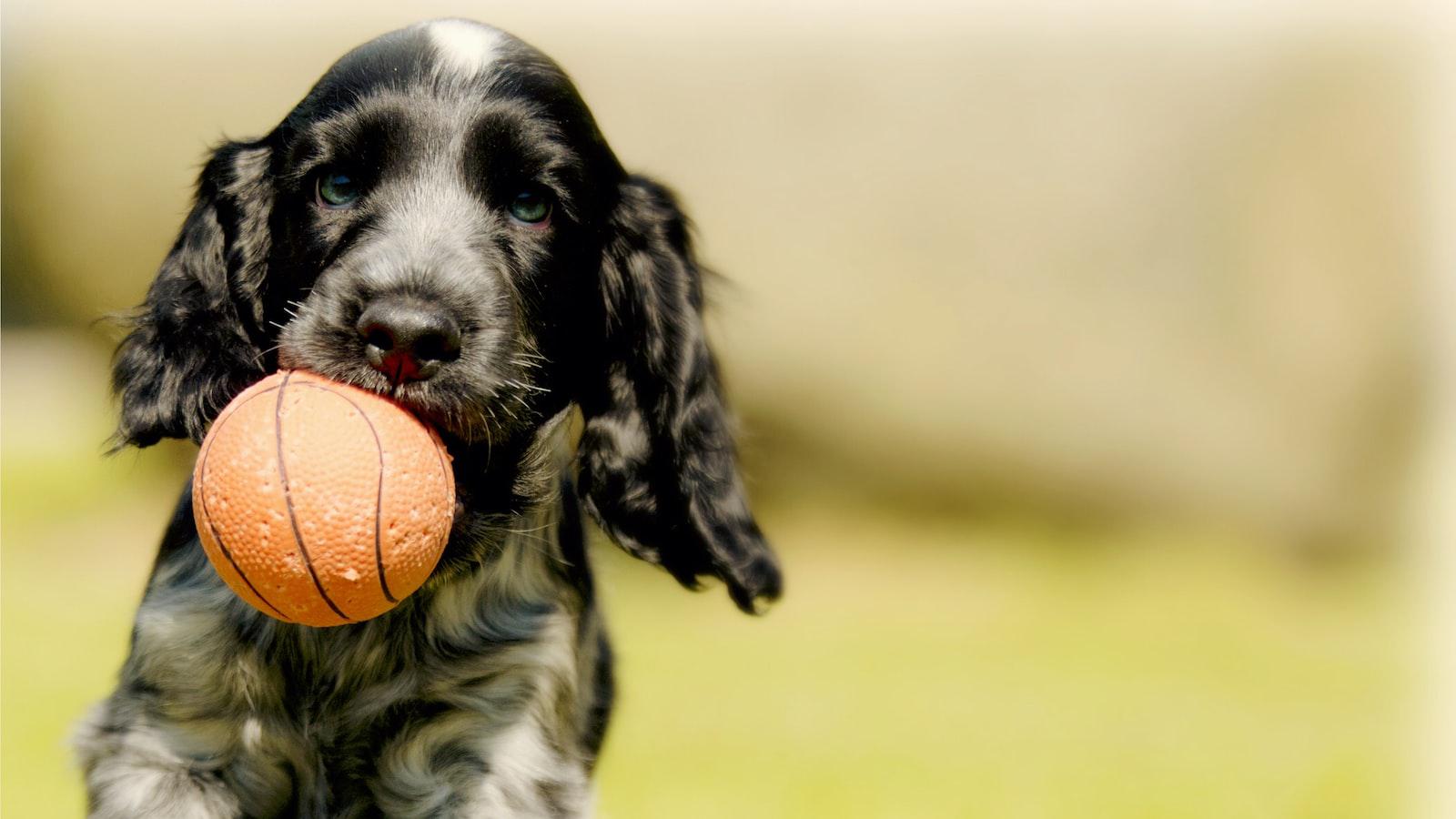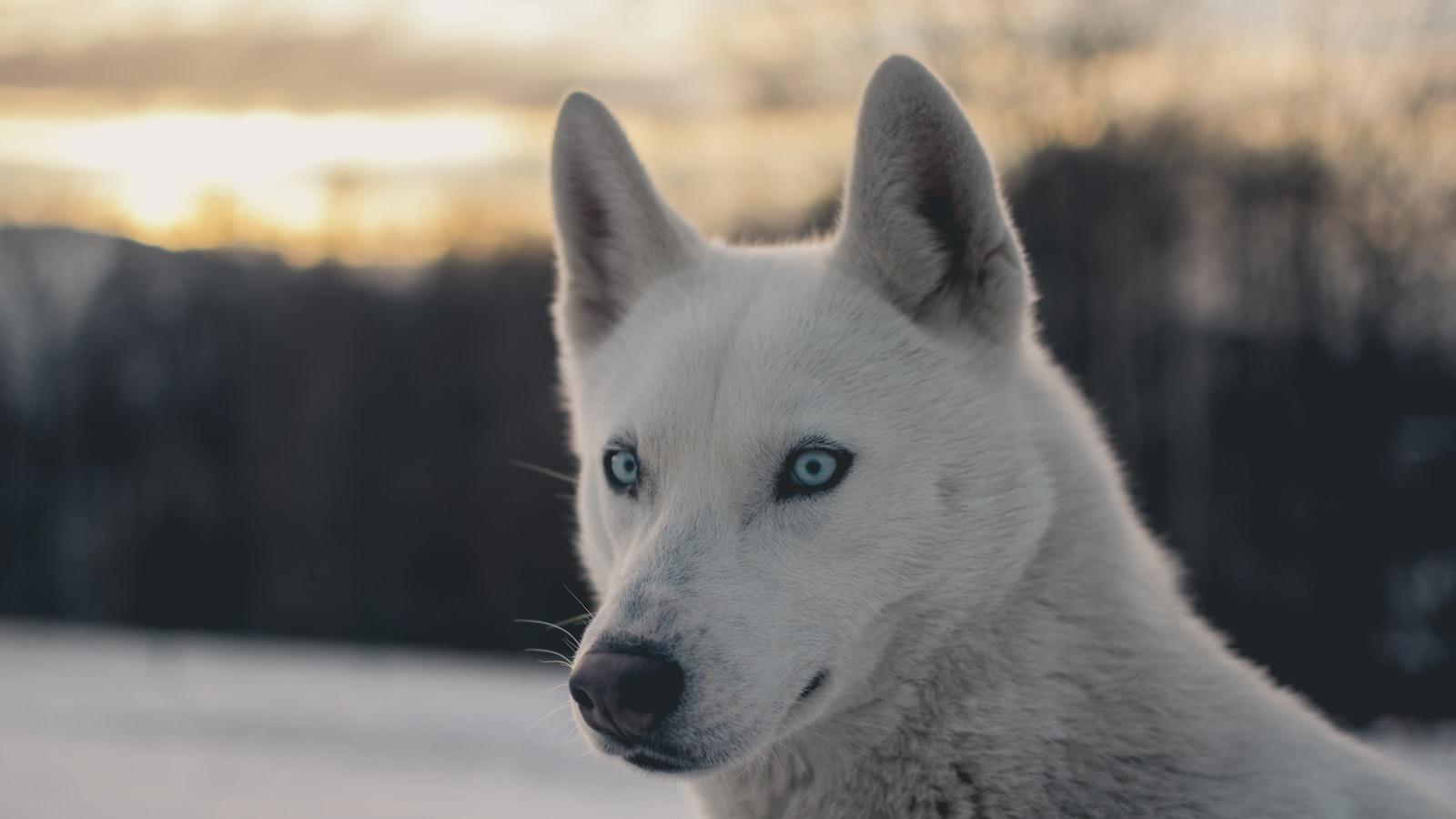Have you ever noticed a few bumps or pimples on your furry friend’s face and wondered, “Wait, do dogs get acne too?”
Well, brace yourselves, because the answer is a resounding yes!
Just like us humans, our adorable canine companions can also suffer from those pesky zits.
This article will provide you with all the pimple-popping answers.
What is Acne in Dogs and How Does It Affect Them?
Canine acne, also known as dog acne, is a common skin condition that affects many dogs around the world.
You might be surprised to learn that our furry friends can experience something similar to what humans go through during their teenage years!
Just like with humans, canine acne is characterized by the development of pimples, blackheads, and whiteheads on a dog’s skin.
One of the main culprits behind dog acne is often hormonal imbalances.
Just like in humans, fluctuating hormone levels can wreak havoc on our pups’ skin.
Adolescents, in particular, are prone to developing acne as they go through the hormonal rollercoaster of puberty.
Similarly, female dogs may experience acne during their estrus cycle.
These hormonal changes can lead to an increase in the production of sebum, an oily substance that helps keep the skin moisturized.
When there is an overproduction of sebum, it can clog the hair follicles and lead to the formation of acne.
So, what causes these hormonal imbalances in dogs?
Well, there are a few factors that can contribute to this.
First and foremost, genetics can play a role.
Certain breeds are more prone to hormonal imbalances and acne than others.
Additionally, just like in humans, hormonal changes during adolescence can trigger acne in dogs too.
This is why you may notice that your puppy suddenly develops acne around the age of 5 to 8 months.
Finally, stress and some medications can also disrupt hormone levels and contribute to acne formation.
In addition to hormones, certain factors can exacerbate acne in dogs.
Poor grooming habits, such as infrequent cleaning of the face and chin area, can contribute to the buildup of dirt, bacteria, and oils – the perfect recipe for acne formation.
Another cause behind dog acne is inflammation.
When a dog consumes certain foods that don’t agree with their system, it can trigger an inflammatory response in their body.
This inflammation can manifest itself in the form of skin irritations, redness, and yes, you guessed it, acne.
Additionally, using plastic food and water bowls may also trigger an allergic reaction in some dogs, leading to the development of acne.
Tips to Maintain Proper Cleanliness and Minimize Acne Breakouts in Dogs
While it may seem surprising at first, it’s no surprise that dogs can develop acne, just like humans.
Understanding the causes and solutions to this common skin condition is essential for providing our four-legged companions with the care they deserve.
To help your beloved pooch minimize acne breakouts and maintain proper cleanliness, here are some important tips to follow:
1. Regularly clean your dog’s face: Gently wipe your furry friend’s face with a damp cloth or use a dog-specific facial wipe.
It will help remove any excess oil, dirt, and bacteria that may be lingering on the skin surface.
2. Choose the right grooming products: Opt for gentle and hypoallergenic grooming products that are specifically formulated for dogs.
Avoid using harsh soaps or human products as they can strip away the natural oils from the skin, which can disrupt the skin’s pH balance and exacerbate acne.
3. Keep your dog’s bedding clean: Regularly wash your dog’s bedding to prevent the accumulation of bacteria, dust, and dirt that can contribute to acne breakouts.
Use mild detergent and ensure that the bedding is thoroughly dried to avoid moisture buildup, which can provide a breeding ground for bacteria.
Remember, maintaining proper hygiene is essential to minimize acne breakouts in dogs.
By following these simple tips, you can help keep your furry friend’s skin healthy and blemish-free.
If you notice persistent or severe acne, it’s always best to consult with a veterinarian for proper diagnosis and treatment options.
Recommending Effective and Gentle Skincare Solutions for Treating Dog Acne
Now that we understand why dogs can develop acne, how can we help our furry companions find relief?
Fortunately, there are effective and gentle skincare solutions available to treat dog acne.
When choosing products for your pup, it’s crucial to opt for those specifically designed for dogs, as their skin has different pH levels compared to humans.
Look for gentle cleansers and medicated shampoos that are formulated to alleviate inflammation, reduce bacteria, and unclog pores.
Products containing ingredients like benzoyl peroxide or salicylic acid can be beneficial in treating mild to moderate cases of dog acne.
Additionally, hot spot sprays with natural antimicrobial properties, such as tea tree oil or witch hazel, can also aid in calming irritated skin and preventing further breakouts.
You should also make sure to provide your dog with a balanced, nutritious meal.
Incorporate foods that are rich in Omega-3 fatty acids, such as salmon or flaxseed.
These fatty acids have anti-inflammatory properties that can help reduce acne flare-ups.
Additionally, opt for foods that are free from artificial additives and preservatives, as these can exacerbate inflammation.
Lastly, ensuring your dog stays hydrated with fresh, clean water is vital for their overall well-being, including their skin health.
When to Seek Veterinary Help for Severe Cases of Dog Acne
While a few pimples may not be a major cause for concern, severe cases of dog acne can be a sign that it’s time to seek veterinary help.
Here are some key indicators to look out for:
– If your dog’s acne doesn’t improve within a few weeks or seems to be getting worse, it’s best to consult a veterinarian.
They can assess the condition and provide appropriate treatment.
– Watch out for painful or bleeding pimples.
If your furry companion appears to be in discomfort or if the acne becomes inflamed, it’s crucial to get expert advice to prevent further complications.
– Take note if the acne starts spreading to other areas of your dog’s body.
This could be a sign of an underlying health issue or an allergic reaction, and it requires professional attention.
Remember, your trusted veterinarian is the best person to diagnose and treat your pup’s acne.
They may recommend topical ointments, medicated shampoos, or even dietary changes to help alleviate the problem.
So, if you notice your pooch struggling with severe or persistent acne, don’t hesitate to reach out to a veterinary professional for personalized guidance and care.
FAQ
Q: What exactly is dog acne?
A: Dog acne, just like human acne, refers to small pimple-like bumps that can appear on a dog’s skin.
These bumps are usually red and can be filled with pus or other fluid.
Though it might sound unsightly, don’t worry, it’s generally a harmless condition.
Q: Wait, dogs can get acne?
Really?
A: Absolutely!
While we commonly associate acne with humans during their teenage years, dogs can also experience this skin condition.
Dog acne often shows up during their adolescent phase, typically between the ages of 5 months to 1 year.
Just like human teenagers, our fur buddies can develop a few zits too!
Q: What causes acne in dogs?
A: Well, imagine a combination of hormonal changes and a predisposition to clogged hair follicles.
This combo is often the culprit behind dog acne.
During their growth, dogs experience fluctuating hormone levels that can increase the production of oil in their skin.
Combine that with clogged pores caused by sticky oils or dirt, and bam!
You’ve got yourself a case of canine acne.
Q: Are certain dog breeds more prone to acne than others?
A: Yes, some breeds are more susceptible to dog acne due to their specific skin characteristics.
Breeds like Bulldogs, Boxers, Great Danes, and Rottweilers are more predisposed to developing acne due to their skin folds and facial structure.
These adorable pooches have more nooks and crannies where oil and dirt can accumulate, increasing the likelihood of acne formation.
Q: Is dog acne a serious condition?
A: Generally speaking, dog acne is not a severe or dangerous condition.
Most cases resolve themselves within a few weeks or months as the dog matures.
However, it’s crucial to keep an eye on the acne’s development and consult a veterinarian if the pimples become inflamed, rupture, or if your furry friend seems in pain.
Monitoring and seeking professional advice can ensure your pup receives proper care and, if necessary, treatment.
Q: Can I do anything to prevent dog acne?
A: Definitely!
While you can’t entirely prevent dog acne, there are steps you can take to minimize the chances or severity of breakouts.
Regularly cleaning your dog’s bedding and bowls can help reduce dirt and oil buildup.
Gentle and regular grooming, especially for breeds with skin folds, can also prevent debris from accumulating and hence decrease the likelihood of acne formation.
And, of course, a healthy diet and plenty of fresh water will contribute to overall skin health as well.
Q: How is dog acne treated if it becomes problematic?
A: If your pup’s acne seems to be causing discomfort or doesn’t show signs of improvement, it’s essential to consult your vet.
They may recommend topical treatments like medicated shampoos or wipes, soothing creams, or even antibiotics if there’s an infection.
It’s crucial to follow your vet’s advice and avoid using human acne products on dogs as they might contain ingredients that are toxic to them.
Q: Can I pop my dog’s pimples like I do with mine?
A: As tempting as it might be, it’s best to leave your dog’s pimples untouched.
Popping or squeezing them can lead to irritation, infection, or scarring.
Plus, it can be quite uncomfortable and distressing for your furry pal.
Let nature take its course and allow the pimples to heal on their own.
Final Reflections
So there you have it—dogs can indeed get acne, just like humans!
As we’ve learned, acne in dogs is usually caused by similar factors, such as hormonal imbalances, poor grooming habits, or even certain medications.
However, it’s important to remember that while it may look similar to human acne, dog acne is typically a temporary and harmless condition.
If you notice your furry friend sporting a few unsightly bumps, don’t panic!
Take a deep breath and consult with your veterinarian, who can provide guidance on the best course of action.
In most cases, simple solutions like regular cleaning and adjusting your pup’s diet can alleviate the issue.
But always remember, prevention is key!
Incorporate gentle grooming practices into your dog’s routine and help them maintain a healthy diet.
Keep an eye out for any sudden changes in your canine companion’s skin and address them promptly.
After all, just like humans, dogs too deserve to look and feel their best.
And by keeping an eye out for those pesky pimples, you’re doing your part in ensuring your loyal companion remains happy, healthy, and blemish-free.














